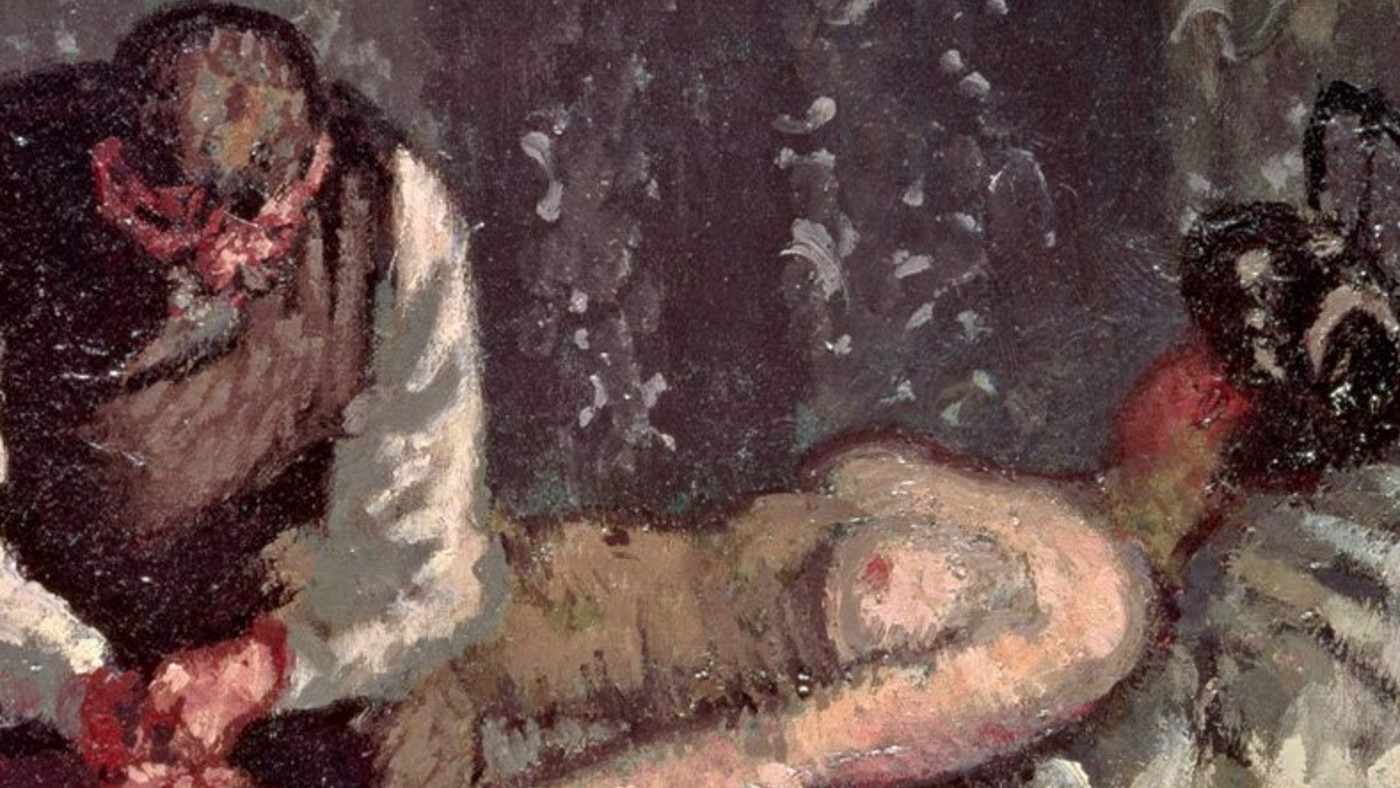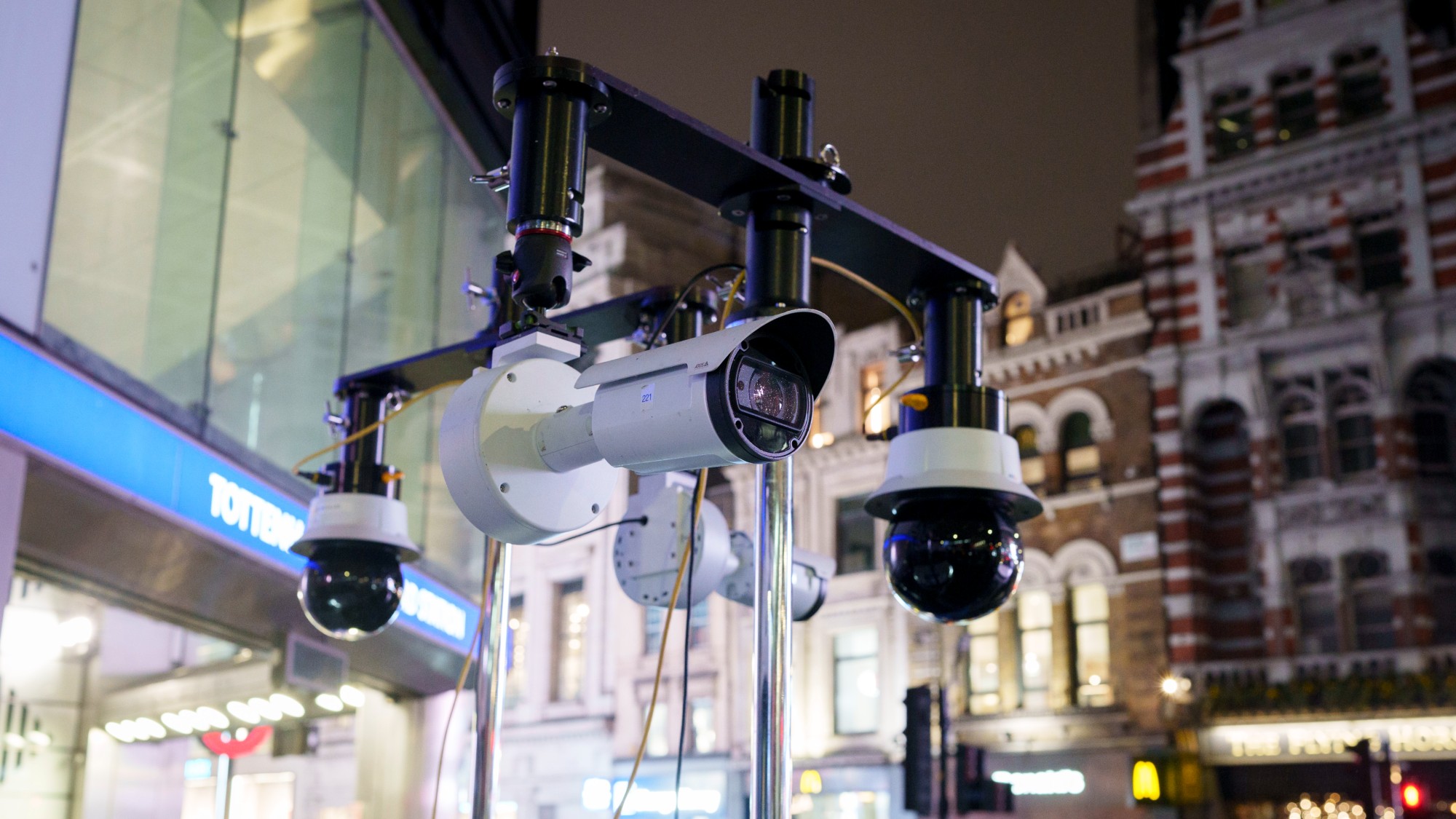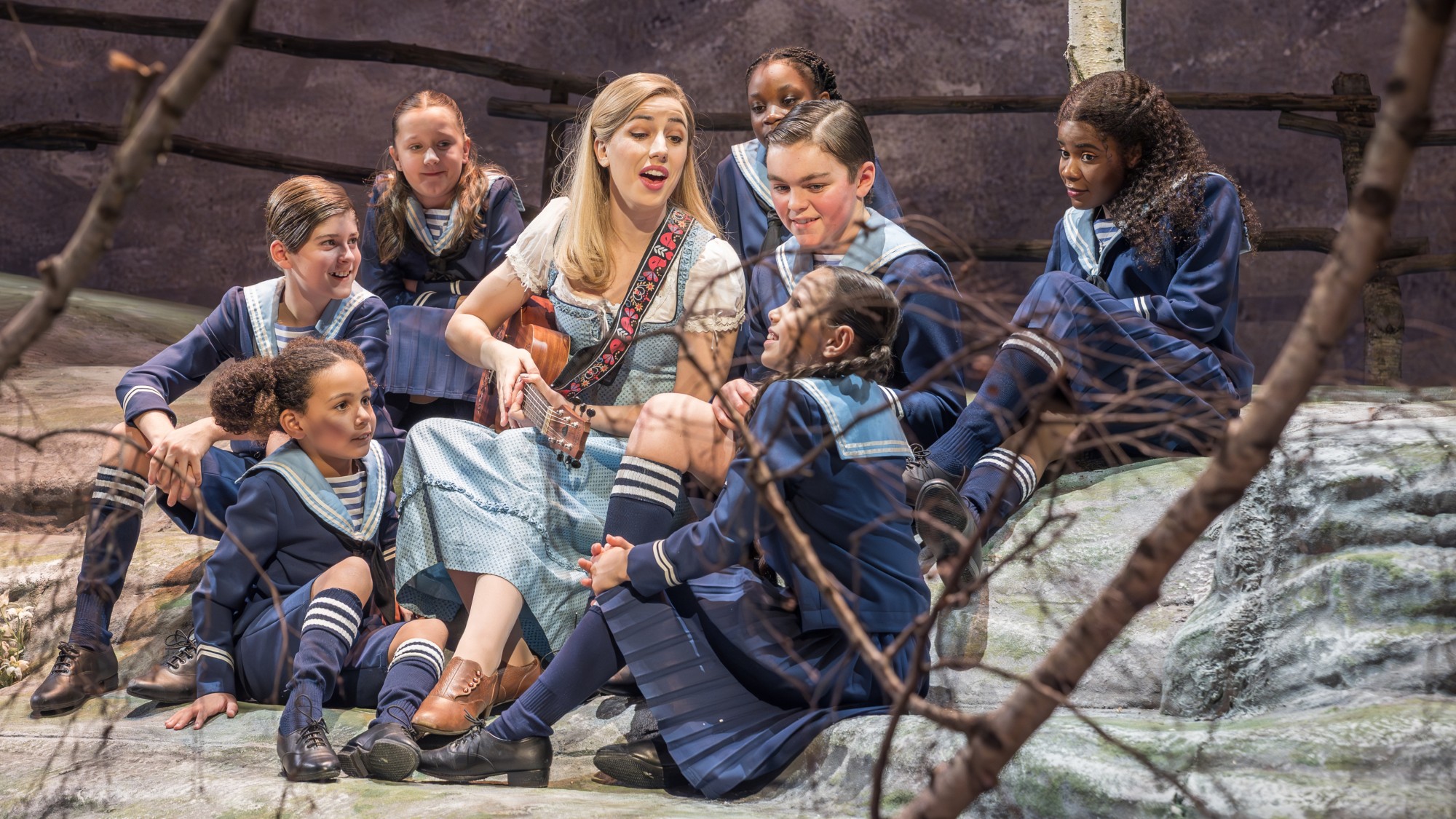Walter Sickert at Tate Britain: a ‘riveting’ retrospective of work by ‘the duke of darkness’
‘Superbly curated’ exhibition underlines fact that Sickert was a very ‘uneven’ painter

There’s a fantastically sinister series of self-portraits at the start of Tate Britain’s “riveting” new Walter Sickert exhibition, said Laura Cumming in The Observer. Sickert (1860-1942) paints himself glowering in the shadows, “one eye homing in on you like a target”; hovering menacingly behind a bust of a bare-knuckle boxer; apparently barring the way between a nude model and the exit. This was how Sickert wished to be seen: as “a disrupter, an actor, a menace, a taunt”. His art is theatrical, “ostentatious, even sensational”.
At the same time, influenced by Degas and Bonnard, he was determined to record contemporary urban life – a subject he considered as worthy as any biblical episode or mythological set piece. His work conjures up a “dank land of rented rooms, sickly streets and gaslit pubs”. This “superbly curated” exhibition – the first major retrospective of his work in London for three decades – allows us to see the whole of his career. It takes in everything from his architectural paintings of northern French towns to his nudes – infamous in their day – to his extraordinary paintings based on photos from the 1930s. There’s a “haunting” portrait, for instance, of Edward VIII just before his abdication.
Sickert was “the duke of darkness”, said Alastair Smart in The Daily Telegraph. In his hands, the most wholesome of scenes were rendered shadowy; even his paintings of architectural landmarks, such as a view of the Église Saint-Jacques in Dieppe, seem to have been painted at sundown. And his “devastating” Camden Town Murder series was inspired by the real-life murder of a prostitute in the “then-insalubrious” London district, to which he had just moved.
The Week
Escape your echo chamber. Get the facts behind the news, plus analysis from multiple perspectives.

Sign up for The Week's Free Newsletters
From our morning news briefing to a weekly Good News Newsletter, get the best of The Week delivered directly to your inbox.
From our morning news briefing to a weekly Good News Newsletter, get the best of The Week delivered directly to your inbox.
In one work, L’Affaire de Camden Town, he paints a fully clothed man staring down “menacingly” at a naked woman on an iron-frame bed. The interior is “cramped” and “dimly lit”, the brushwork “vigorous”; you get the uneasy sense that the scene is about to burst into violence. These are the paintings that have led some “crackpots” to believe that Sickert was Jack the Ripper. “Tough viewing” though they are, the Camden paintings are standouts in a “frustrating” show that is simply too big for its own good. Containing some 150 works, it is a “trudge”. Nor does it really explain the great paradox of Sickert: how “a purveyor of stark documentary realism” was at the same time so melodramatic and theatrical.
The exhibition underlines the fact that Sickert was a very “uneven” painter, said Jackie Wullschläger in the FT. Nevertheless, he was rarely boring – and at his best, he could really dazzle. Little Dot Hetherington at the Bedford Music Hall, one of many paintings of London theatres here, “fizzes with the nervous energy of performance”. In three views of Venice’s St Mark’s Cathedral (1895-96), he paints “like a jeweller”, capturing the building’s “crosses, spires and mosaics tinged pink or emerald or gold according to time of day”. His greatest painting is 1915’s Brighton Pierrots, a depiction of a wartime seafront performance that “bursts into ecstatic, unreal chromatic harmony”.
In the past, critics have complained that Sickert wasn’t single-minded enough. Today, we’re more forgiving: born in Munich, brought up in London, he connects Britain and Europe, modernism and English realism. “Hybrid, uncertain, painting loose and free”, he is “our contemporary”.
A free daily email with the biggest news stories of the day – and the best features from TheWeek.com
-
 Heavenly spectacle in the wilds of Canada
Heavenly spectacle in the wilds of CanadaThe Week Recommends ‘Mind-bending’ outpost for spotting animals – and the northern lights
-
 Facial recognition: a revolution in policing
Facial recognition: a revolution in policingTalking Point All 43 police forces in England and Wales are set to be granted access, with those against calling for increasing safeguards on the technology
-
 Codeword: December 14, 2025
Codeword: December 14, 2025The daily codeword puzzle from The Week
-
 Heavenly spectacle in the wilds of Canada
Heavenly spectacle in the wilds of CanadaThe Week Recommends ‘Mind-bending’ outpost for spotting animals – and the northern lights
-
 It Was Just an Accident: a ‘striking’ attack on the Iranian regime
It Was Just an Accident: a ‘striking’ attack on the Iranian regimeThe Week Recommends Jafar Panahi’s furious Palme d’Or-winning revenge thriller was made in secret
-
 Singin’ in the Rain: fun Christmas show is ‘pure bottled sunshine’
Singin’ in the Rain: fun Christmas show is ‘pure bottled sunshine’The Week Recommends Raz Shaw’s take on the classic musical is ‘gloriously cheering’
-
 Holbein: ‘a superb and groundbreaking biography’
Holbein: ‘a superb and groundbreaking biography’The Week Recommends Elizabeth Goldring’s ‘definitive account’ brings the German artist ‘vividly to life’
-
 The Sound of Music: a ‘richly entertaining’ festive treat
The Sound of Music: a ‘richly entertaining’ festive treatThe Week Recommends Nikolai Foster’s captivating and beautifully designed revival ‘ripples with feeling’
-
 ‘Furious Minds: The Making of the MAGA New Right’ by Laura K. Field and ‘The Dream Factory: London’s First Playhouse and the Making of William Shakespeare’ by Daniel Swift
‘Furious Minds: The Making of the MAGA New Right’ by Laura K. Field and ‘The Dream Factory: London’s First Playhouse and the Making of William Shakespeare’ by Daniel SwiftFeature An insider’s POV on the GOP and the untold story of Shakespeare’s first theater
-
 Henri Rousseau: A Painter’s Secrets
Henri Rousseau: A Painter’s Secretsfeature Barnes Foundation, Philadelphia, through Feb. 22
-
 Homes with great fireplaces
Homes with great fireplacesFeature Featuring a suspended fireplace in Washington and two-sided Parisian fireplace in Florida